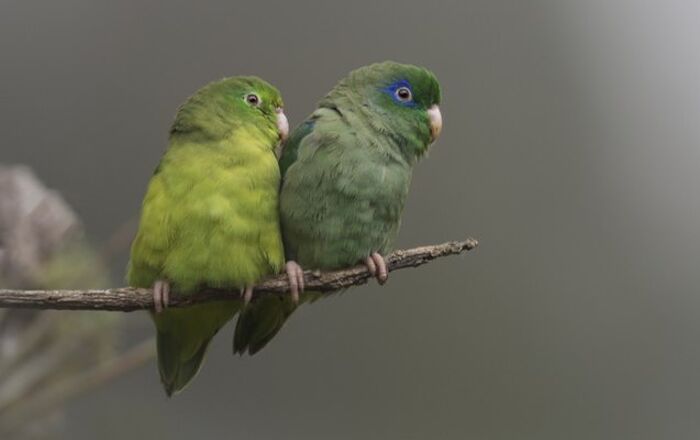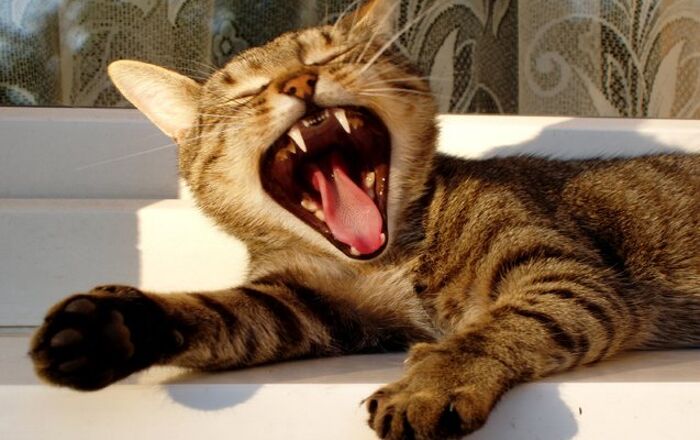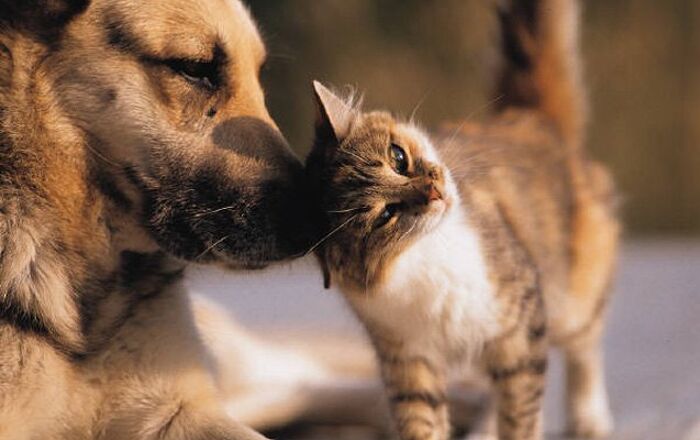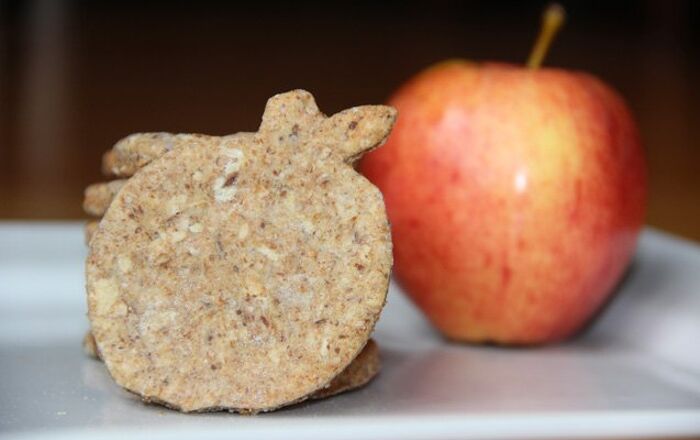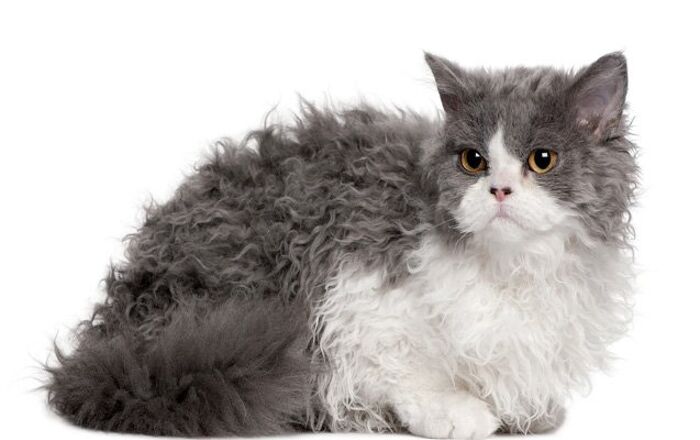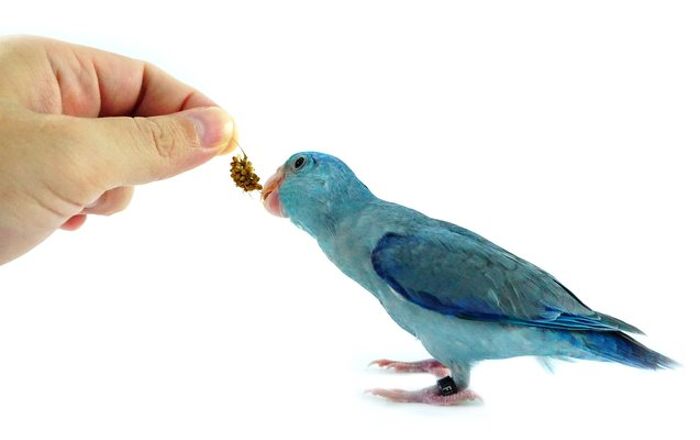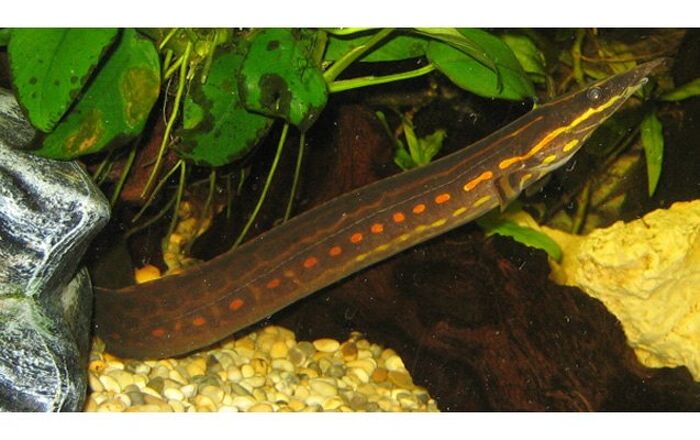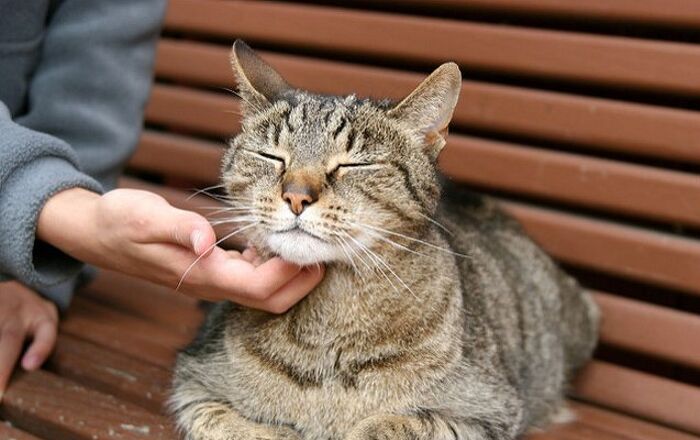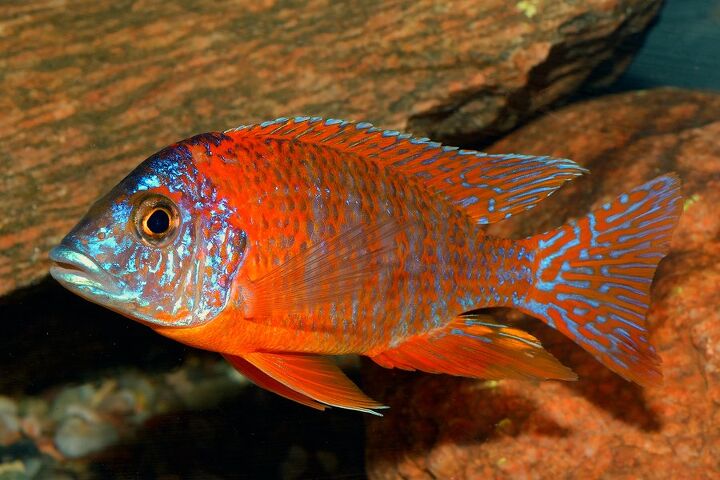
Peacock Cichlids: An Introduction
If you’re seeking a bright and colorful fish to light up your tank, consider the Peacock Cichlids. These’s fanciful fellows bring eye-tingling colors and energy to any aquarium, fitting in well with other friendly species within any fishy community. These might not be the most obvious fish to pick up from the store, but they certainly fit in well to almost any home and live up to their show off namesake in terms of beauty. So, Are Peacock Cichlids the right fish for your tank? You’ve come to the right place to find out. Keep your eyes glued to this page and scroll away. Everything that you could possibly want to know about about Peacock Cichlids is about to be revealed…
Peacock Cichlids General Description
Compared to other Lake Malawi cichlids, Peacock cichlids are relatively peaceful. These fish may be territorial (especially males of the species, ain’t it always the way?), but they are generally not aggressive. Peacock Cichlids can be kept in the same tank with other cichlids as well as other peaceful community species. You’ll have to do a little research to make sure that you that you have the right tank mates for these beauties, but once that is achieved, these fish will be the stars of your aquarium.
Compared to other Lake Malawi cichlids, Peacock Cichlids are relatively peaceful.
Origins
So, where did these gorgeous fish come from? Peacock cichlids are those cichlids belonging to the genus Aulonocara. There are 22 species of Peacock cichlid that have been described, and all of them are endemic to Lake Malawi in eastern Africa. Lake Malawi is one of the African Rift Valley lakes (the second largest) and it is the ninth largest lake in the world. Of course, outside of the wild, these fish are now found in far more places across the globe than within a single lake. These have become quite a popular domestic aquarium breed and with good reason too.
Color
Cichlids in general are some of the most brightly colored freshwater fish in the world and Peacock Cichlids are no exception (just look at these pictures, if you need any proof). Male Peacock cichlids exhibit a wide variety of bright colors, often in iridescent shades. Female and juvenile Peacock Cichlids are often drab in color but the males transform as they mature, exhibiting a wide range of colors including blue, yellow, red, orange, gold, and more. It’s this almost show off color palette in the males that lead to the memorable name of these Cichlids. They truly are the peacocks of the fish world.
Maintenance and Care
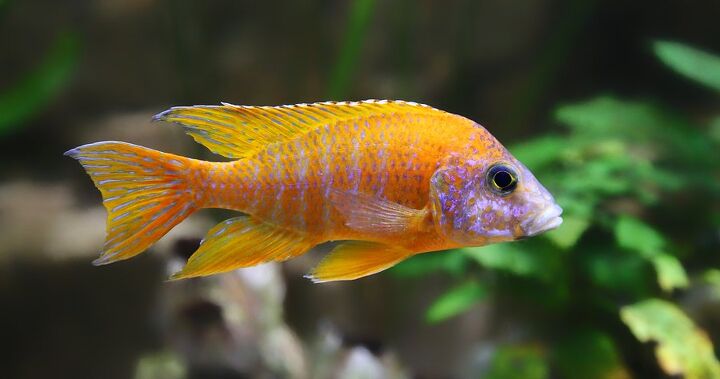
Because all Peacock Cichlids are endemic to Lake Malawi, the habitat requirements of the different species are all quite similar. Essentially, you must recreate the specific nature of that African lake within your home fish tank in order for your Peacock Cichlids to thrive. The pH of Lake Malawi ranges from 7.8 to 8.6 and the water is fairly hard with a hardness level of 4 to 6 dH. At the surface, the temperature for Lake Malawi ranges from 76°F to 85°F but the lower regions – where Peacock cichlids tend to live – the average temperature remains fairly constant around 70°F. The ideal tank for this fish will have sandy substrate with plenty of rocks to create caves and hiding places. In order for your Peacock Cichlids to thrive, it is as important to recreated physical environment that these fish are used to as it is to match the pH and temperature. Unlike other Lake Malawi cichlids, these cichlids do not eat plants so you can use some in your tank decoration without fear of them being nibbled down to nothing.
These fish exhibit a wide variety of bright colors, often in iridescent shades.
Feeding
Peacock Cichlids are insectivores, which means that they feed primarily on insects. Don’t think that means that they will merely subside on the bugs floating around your house though. That’s ridiculous. Obviously, you’ll still need to feed them through good old fashioned store bought insects, insect corpses, various fish foods. These fish are benthic species, which means that they tend to live in the lower regions of the water column, sifting through the substrate for food. In the home aquarium, they should be offered sinking pellets, wafers, or granules as well as fresh and frozen foods. They won’t necessarily come up to the surface to snack, so you’ll need to choose the food that you purchase accordingly.
Also read:Cost-Cutting Tips and Tricks for Aquarium Enthusiasts
Breeding Info
These genders of Peacock Cichlids are quite different and easy to identify. The Male Peacock Cichlids tend to be fairly solitary and quite territorial, plus it is easy to distinguish them from females due to their bright coloration (the boys are the ones who truly earned this species the Peacock moniker). Many breed readily in the home aquarium and, like all cichlids, they are egg layers. These fish are mouth brooders so the female will pick up the fertilized eggs in her mouth after spawning and incubate them until hatching. After hatching the female might care for the fry for a week or so but then they will be left to fend for themselves. These fish aren’t particularly dedicated parents.
Aquarium Varieties
There are 22 species of Peacock Cichlids that have been identified but not all of them are common in the aquarium trade. Some of the most popular that are fairly easy to find include the following:
Photo credit: henner/Bigstock; Neryx; Bigstock


